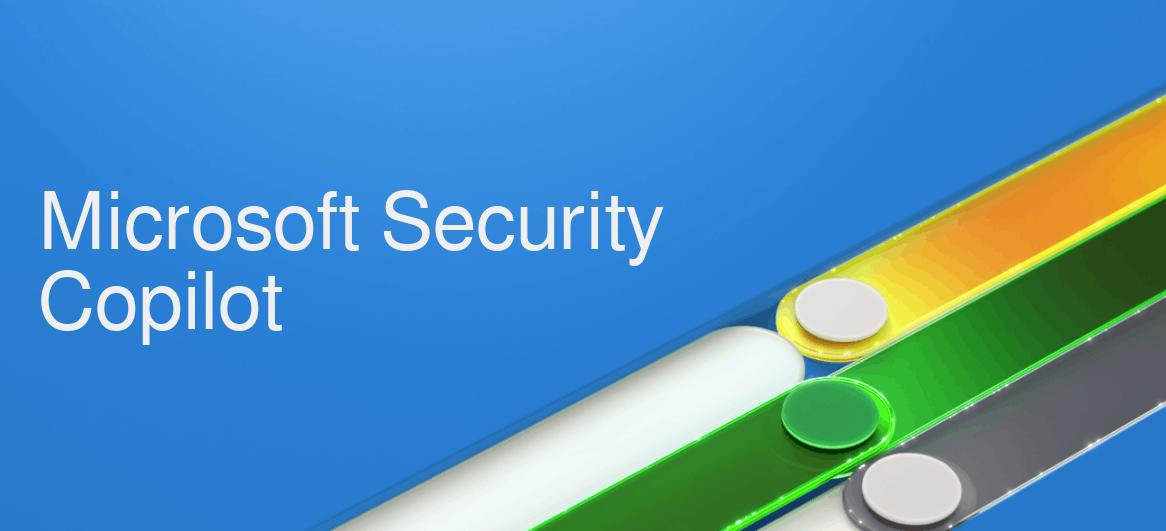By Onome Amuge
Microsoft has introduced Security Copilot into its products to broaden the scope of its growing AI offering,improve data analysis, and help cybersecurity professionals identify breaches and threats.
According to the multinational technology corporation, the new development is part of its evolving plans to integrate AI into its operations in a bid to speed threat detection and response, along with boosting businesses’ overall understanding of potential dangers.
Microsoft stated that Security Copilot will be powered by OpenAI’s most recent GPT-4 generative AI model, providing a prompt box to help summarise incidents, analysing threat data, prioritising incidents and recommending the best course of action. It also noted that the tool will continually learn and improve to ensure security teams are working with the latest knowledge of attackers.
 According to the company, 1,287 password attacks occur on the web per second,while its security unit is currently actively tracking more than 50 ransomware gangs, 250 unique nation-state cyber criminal organisations and receives 65 trillion threat signals a day. It noted that fragmented tools and infrastructure have proven ineffective to stop such infringements, creating the need for AI centred innovations.
According to the company, 1,287 password attacks occur on the web per second,while its security unit is currently actively tracking more than 50 ransomware gangs, 250 unique nation-state cyber criminal organisations and receives 65 trillion threat signals a day. It noted that fragmented tools and infrastructure have proven ineffective to stop such infringements, creating the need for AI centred innovations.
Vasu Jakkal, corporate VP at Microsoft Security, said the odds remain stacked against cybersecurity professionals, who face an “asymmetric battle” against relentless and sophisticated attacks.








